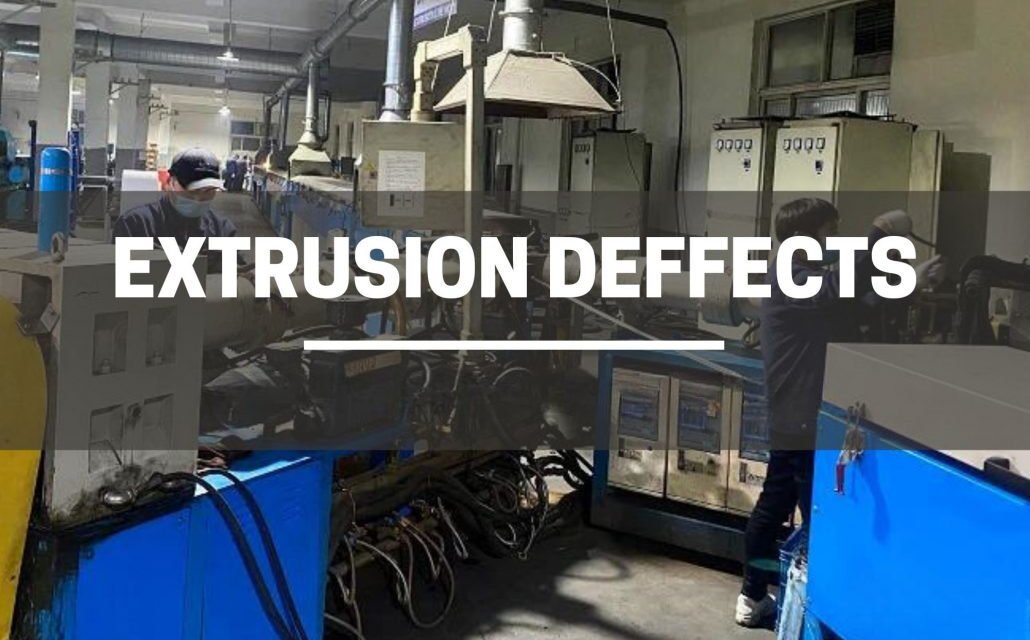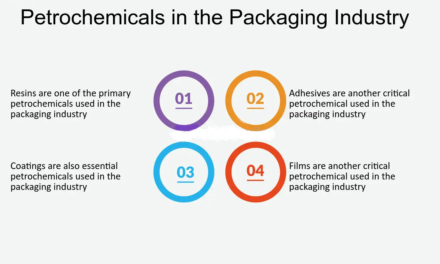Common Defects in Plastic Extrusion and How to Prevent Them
Plastic extrusion is a high-precision manufacturing process, but defects can arise due to improper material handling, process inconsistencies, or equipment malfunctions. Below are the most common defects in plastic extrusion and ways to prevent them.
1. Surface Roughness or Sharkskin
Cause:
- Excessive extrusion speed leads to high shear stress.
- Incorrect melt temperature, causing improper material flow.
- Poor die design or surface finish inside the die.
Prevention:
- Reduce extruder speed and optimize processing conditions.
- Increase melt temperature to improve flow.
- Use low-friction die coatings or properly polish the die.
- Adjust screw speed and back pressure to reduce excessive shear.
2. Melt Fracture
Cause:
- High shear stress due to excessive extrusion pressure.
- Sudden expansion at the die exit, causing uneven flow.
- Incorrect polymer viscosity or molecular weight.
Prevention:
- Optimize melt temperature and extrusion speed.
- Use longer dies with smoother flow paths.
- Select polymers with proper molecular weight distribution for improved melt flow.
3. Die Swell
Cause:
- Elastic recovery of polymer after exiting the die.
- High molecular weight polymers tend to swell more.
- Inadequate cooling and puller speed.
Prevention:
- Use a longer die land length to control material expansion.
- Increase extrusion pressure to improve material orientation.
- Optimize cooling conditions and adjust puller speed to maintain uniformity.
4. Warping and Distortion
Cause:
- Uneven or rapid cooling, leading to internal stresses.
- Improper puller tension, causing deformation.
- Asymmetrical die design leading to unbalanced flow.
Prevention:
- Use gradual cooling systems (air and water cooling combination).
- Ensure even material distribution at the die exit.
- Maintain consistent pulling force and avoid excessive stretching.
5. Voids and Air Bubbles
Cause:
- Trapped air or moisture in raw materials.
- Improper melting, leading to air entrapment.
- Excessive extrusion speed causing turbulence.
Prevention:
- Pre-dry hygroscopic polymers (e.g., nylon, PET).
- Use vented barrels or vacuum degassing.
- Optimize melt temperature and back pressure for uniform melting.
6. Uneven Wall Thickness
Cause:
- Improper die alignment or worn-out die components.
- Uneven material flow due to blockages or contamination.
- Cooling rate variations, causing differential shrinkage.
Prevention:
- Regularly calibrate and clean extrusion dies.
- Use pressure and temperature sensors to monitor material flow.
- Ensure consistent cooling across the entire profile.
7. Discoloration or Burn Marks
Cause:
- Overheating of material due to excessive residence time.
- Degraded polymer caused by contamination.
- Oxidation of material from excessive air exposure.
Prevention:
- Optimize melt temperature settings to avoid overheating.
- Regularly purge extruder with cleaning compounds.
- Use heat stabilizers in sensitive polymers.
8. Gel Formation and Contamination
Cause:
- Improper material mixing, leading to unmelted polymer lumps.
- Contamination from previous production batches or foreign particles.
- Polymer degradation from shear overheating.
Prevention:
- Ensure consistent temperature and mixing in the barrel.
- Implement strainer screens and filtration in the extrusion system.
- Regular screw and barrel cleaning to remove degraded residues.
9. Poor Adhesion in Co-Extrusion
Cause:
- Incompatible polymer layers with different melting behaviors.
- Improper interface temperature causing weak bonding.
- Insufficient pressure or shear force between layers.
Prevention:
- Use adhesion-promoting additives or tie layers.
- Ensure synchronized melt temperatures in co-extrusion layers.
- Optimize screw design for improved layer bonding
10. Inconsistent Output or Flow Instability
Cause:
- Fluctuating extruder pressure due to improper feed rates.
- Inconsistent screw RPM or worn screw flights.
- Uneven material blending or foreign particles in the melt.
Prevention:
- Maintain steady raw material feeding to the extruder.
- Regularly inspect and replace worn screws.
- Use automated controls (PLC and AI-based monitoring) to stabilize output.
Conclusion
Plastic extrusion defects can be minimized by optimizing process parameters, maintaining equipment, and ensuring high-quality raw materials. By implementing advanced monitoring technologies, improved die designs, and material handling best practices, manufacturers can reduce waste, improve efficiency, and enhance product quality.
Hashtags
#Sharkskin #MeltFracture #SurfaceDefects #ExtrusionQuality #PlasticProcessing #PolymerScience #MaterialEngineering #ManufacturingExcellence #QualityControl #ProcessOptimization #Thermoplastics #InjectionMolding #FilmExtrusion #PlasticIndustry #DefectAnalysis #ProductionEfficiency #EngineeringSolutions #MaterialProperties #SurfaceFinish #IndustrialManufacturing #AdditiveManufacturing #PolymerProcessing #QualityAssurance #ManufacturingInnovation

















